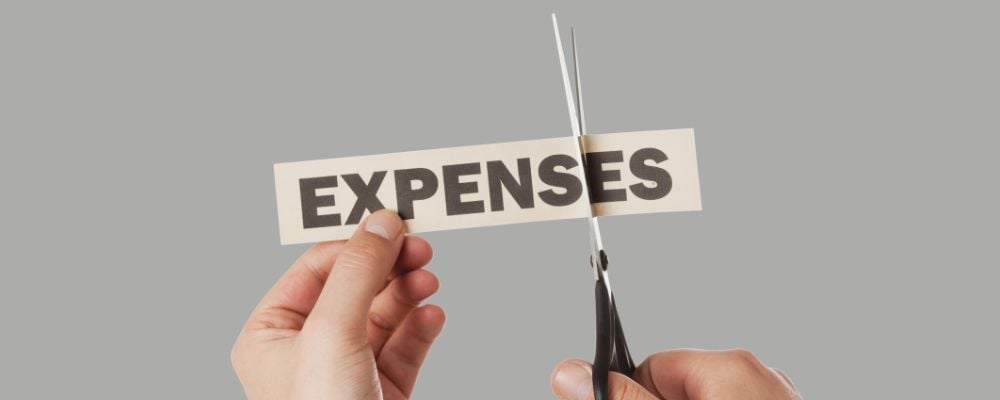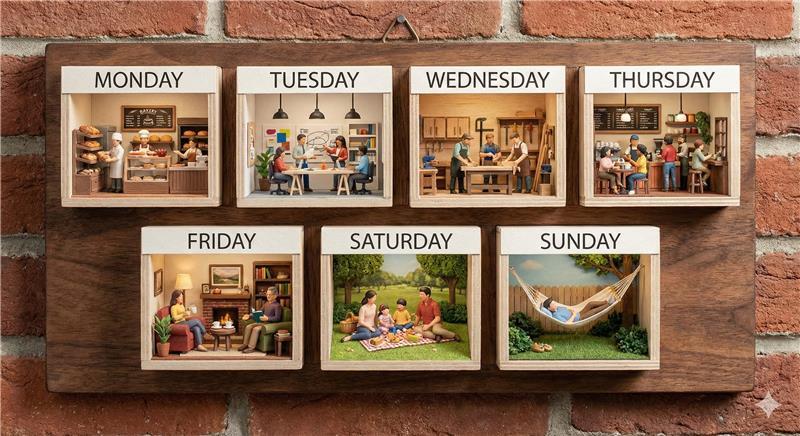How to Know If a Four-Day Workweek Is Right for Your Business
The four-day workweek has become one of the most talked-about workplace shifts of the last decade. Large corporations are experimenting with it....

Over the last several weeks, we’ve laid out how you can plan for growth and staffing at the end of the year. Now, we’re going to give you the final piece of the puzzle: a financial plan to pull it all together. So how do we do this? It’s going to involve your P&L.
You probably know this, but just in case: a P&L sheet stands for Profit and Loss. It’s a statement used to determine your business’s net profit or loss over a specific period (usually monthly, quarterly, and yearly). They’re integral to understanding how money flows through your business. Ideally, these are set up with your CPA or accounting service and will show everything profit AND loss-wise. This is the key document you’ll need to have access to for you to be able to go through our five questions
Your P&L tells your whole financial picture, but that doesn’t mean that you won’t need some context – especially as you start to lay out your growth picture for the next year. Here are the five key questions you’ll want answers to so that your business growth plan stays on track.
Distinguishing between direct costs and indirect costs is also one of the big ways you’ll have to differentiate lines on your P&L. Direct costs are those expenses directly tied to the production of goods or services, and they often are tied directly to production or sales volume. Understanding these costs helps business owners assess how efficiently they are utilizing resources and whether they need to scale up or down to optimize profitability.
On the other hand, indirect costs are associated with running the business as a whole and tend to remain relatively stable, regardless of production levels. Recognizing these costs is crucial for creating accurate budgets, cost allocation, and pricing strategies, as they can significantly impact the bottom line.
By distinguishing between these two types of costs, small business owners can better plan for what these costs may be in the coming year based on your growth projections.
Usually P&Ls have a one or two-word description to let you know what they are. That might not tell the whole story. For example, does ‘computer’ mean that it’s both hardware AND software? How about your internet expenses? Subscription-based software? Answering this question might mean that you have to separate these on your next P&L, especially if you might see different increases depending on your growth plan. (Internet is usually a fixed expense, but you may need more computers if you need to grow your team.)

What can I cut? You can ask yourself this question, but it’s also important to ask any heads of dept who may know more than you. One area that we see a lot (still!) is unused (or under-used) subscriptions. After looking at your P & L, create a subscription audit and see who is actually using each piece of software you’re paying for. You might be surprised by the cuts you can make.
Bank fees and credit card fees might be overall more expensive as you grow, but the high volume should almost always have better rates too. Each processor has their own rate, but that’s only half the story. If you value convenience (QuickBooks credit card processing and Stripe are good examples) and don’t mind paying the premium for their service, then that can be its own answer. That said, it’s important to know what you’re paying for – and how that changes when you up the volume.
As this is a plan for the entirety of next year, it’s important to note when your contracts and subscriptions end and how long they carry a fixed price. It’s unlikely that they all fall cleanly on January 1, so taking note of when you can negotiate contracts or cancel subscriptions will be a big part of your planning for the next year.
Unfortunately, this isn’t a ‘set it and forget it’ operation. You’ll need to make sure that your projections are matching what’s actually happening with your business.
Your business is a living and breathing thing, and events can come up that change the way your P&L might look. We’ll talk more about that in future blog posts, but suffice to say if your plan starts to deviate, you’ll have to look at what individual lines are causing the incongruities. That doesn’t always mean a loss, either – unexpected profits also have to be addressed.
If you’d like more information on any of this, we’d be happy to talk! These are the kinds of conversations that CPA firms can’t get enough of!

The four-day workweek has become one of the most talked-about workplace shifts of the last decade. Large corporations are experimenting with it....

We've all seen the headlines. Another major company announces that everyone needs to be back at their desk. No exceptions. And if you're running a...

If you work with a payroll provider for your small business, payroll typically runs on a set schedule with very little day-to-day involvement from...